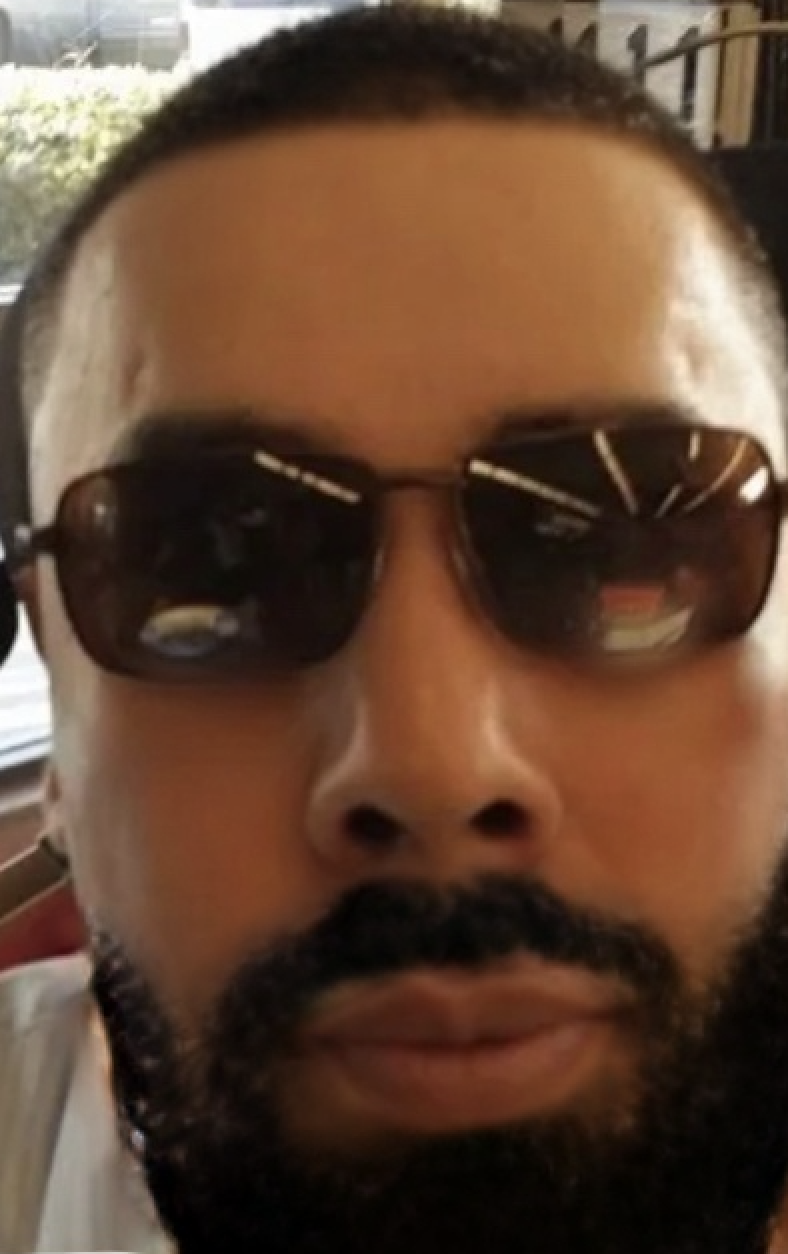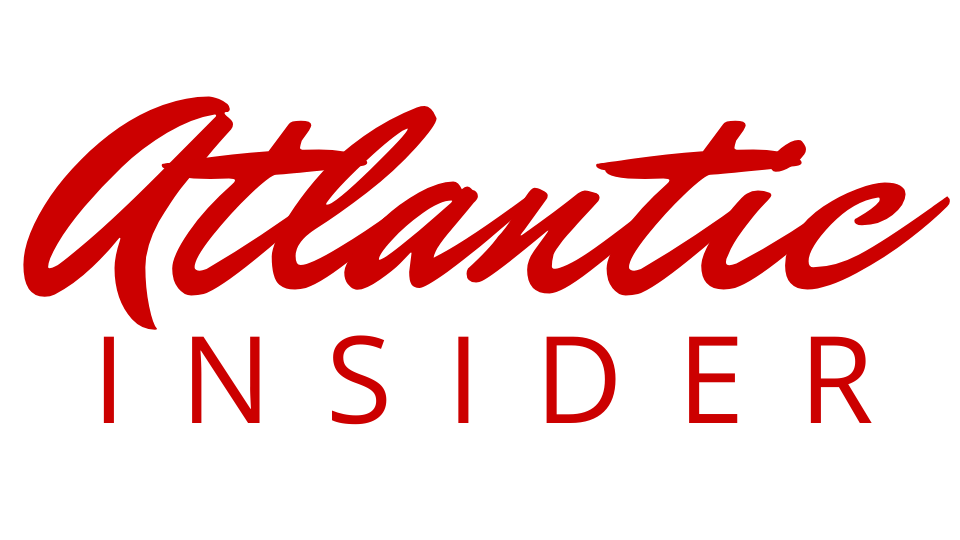How Big U’s Legacy Came Home to Roost
Late on a Friday night, the still air of South Los Angeles shattered with gunfire. A 34-year-old man collapsed outside a smoke shop at 69th and Figueroa Street. By the time police arrived, the victim was already gone—pronounced dead at the scene. Officers described him simply as the son of a “prominent rap executive and alleged gang leader.” In a city fluent in rumor, everyone already knew the name: Eugene Henley Jr., better known as Big U.
Within hours, tributes and speculation flooded social media. For many in South L.A., it felt like the final chapter of a prophecy written decades earlier—an empire built on power, loyalty, and fear finally turning inward on itself.
The Rise and Reach of Big U
To understand the moment, you have to understand the man. Henley was both a legend and a lightning rod: a founding presence in the Rollin’ 60s Neighborhood Crips and a self-styled community reformer who, for years, convinced Los Angeles that he had crossed over from gang life to mentorship and music. His nonprofit, Developing Options, partnered with the city to steer at-risk youth away from violence. Celebrities and athletes—LeBron James among them—cut checks to fund the cause.
But in March 2025, Henley’s story took a darker turn. Federal prosecutors charged him under the RICO Act, accusing him of running a “mafia-like criminal enterprise” that spanned extortion, human trafficking, and fraud. They said he used his community programs as a front for laundering money and consolidating power. For years, he had allegedly turned his reputation—the myth of redemption—into the perfect camouflage.
“Not only did the enterprise expand its power through violence, fear, and intimidation,” the Justice Department wrote, “it also used media, music, and fame to project legitimacy while deepening control.”
Henley’s empire was built in the same neighborhoods now weeping for his son. His influence ran from the city’s housing projects to its recording studios—a rare overlap between gang hierarchy and Hollywood ambition.
The Murder That Shook South Central
Police reports say the younger man approached a parked car before an unknown gunman opened fire. The suspects fled; no arrests have been made. To the LAPD, it’s a homicide. To the community, it’s a reckoning.
“This wasn’t random,” one neighborhood resident told Atlantic Insider on condition of anonymity. “When you build something off fear, the street remembers. The street always remembers.”
Online, the killing ignited an outpouring of emotion. Friends described the victim as “cool, humble, nothing like his dad.” Others suggested he had been targeted simply for the bloodline he carried—a son paying the debt of an empire he never chose.
Luce Cannon Speaks
Rapper and longtime associate Luce Cannon was among the first to comment publicly. In a HotNewHipHop interview, he described Henley’s reaction as “shattered,” saying Big U “couldn’t stop crying.” For a man who once held the city in his grip, that image—powerless, grieving, human—cut through the mythology.
“You can see in his face,” Cannon said. “That was his heart. All the power, all the talk, it didn’t matter. He’d trade it all to get his boy back.”
It’s an irony not lost on those who knew him: a father accused of orchestrating violence, now crushed by its return. The sins of the street had come full circle.
Faith, Fear, and the Check-In Economy
Part of Henley’s notoriety came from his role in what insiders call the “check-in” economy—where visiting artists and athletes would seek local protection in exchange for payment or allegiance. What began as a safety courtesy evolved into a system of unspoken taxes and territorial politics. To some, it was organized extortion. To others, an insurance policy.
Henley defended it as community protocol. Federal prosecutors painted it as organized control. Either way, the arrangement tied him to nearly every corner of Los Angeles’ hip-hop ecosystem—from recording studios to back-alley deals. When the RICO case landed, it pulled that entire network into the spotlight.
From Mentor to Monster
For years, Henley appeared in podcasts and documentaries preaching peace, redemption, and economic independence. But those close to him say the transformation was never total. “He was both,” one former associate said. “A mentor and a menace. Depends which side of the street you stood on.”
In that light, his son’s murder becomes more than tragedy—it becomes metaphor. The collapse of the illusion that power and righteousness could coexist indefinitely. Even those who once believed in Henley’s mission now question whether the cycle can ever be broken.
The City That Made Him
Los Angeles has always blurred the line between redemption story and cautionary tale. For decades, politicians and rappers alike have invoked Big U as a symbol of what’s possible when the streets produce visionaries instead of victims. Yet the empire he built—part charity, part control mechanism—has now been reduced to court filings and candlelight vigils.
“You don’t just escape that life,” said a pastor from Crenshaw Boulevard. “You drag pieces of it with you. Even when you’re preaching, those pieces still know your name.”
Outside the smoke shop where the murder took place, candles melt into the sidewalk cracks. The air smells of wax and loss. Spray-painted on the wall nearby, a phrase repeats: Long Live the Prince.
The Echo That Remains
Big U remains behind bars, awaiting trial, his attorneys maintaining his innocence. His son, buried not far from the blocks his father once ruled, has become an unintended symbol—a reminder that the empire of fear, once unleashed, rarely spares the family who built it.
In the end, the tragedy isn’t just about crime or consequence. It’s about inheritance: the violence that passes from father to son, generation to generation, like a cursed heirloom no one asked to receive.
South L.A. has seen its share of martyrs and myths. But this time, even the myth is grieving.
%20(4).png)






.png)
.jpg)

